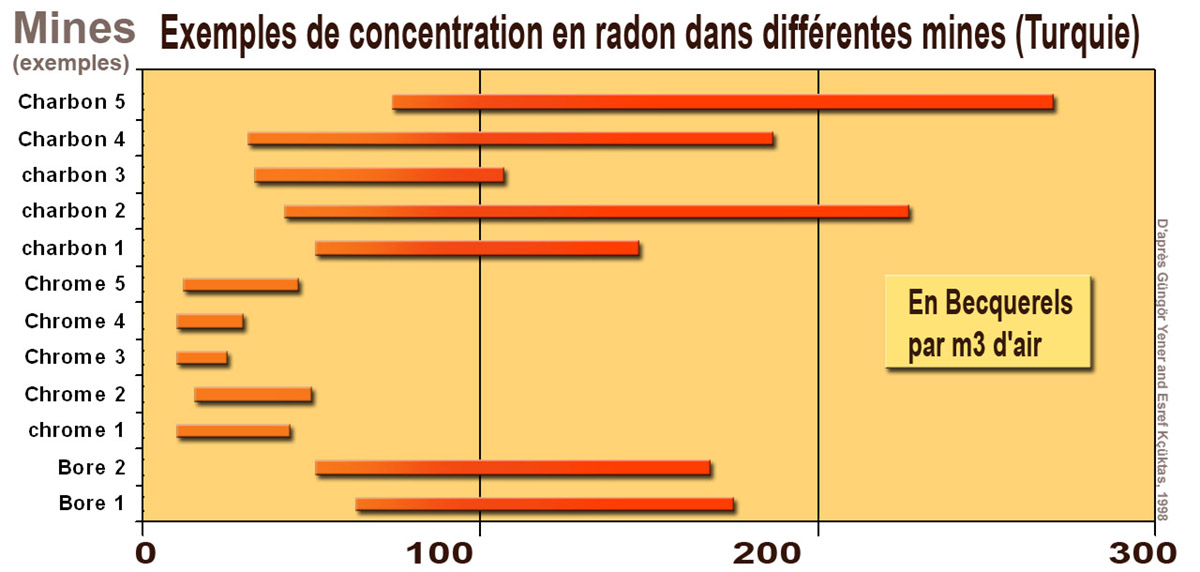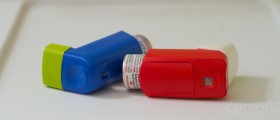
Radon mitigation is a term used for all different types of processes which can be used for the reduction of concentrations of radon in all breathing zones of occupied buildings.
Radon Test Kits
The levels of naturally occurring radon always fluctuate. This is why all initial tests of a home’s radon levels may not be that accurate, and one also needs to take note that transient types of weather may also affect the measurements. High measurement test results usually require the test to be repeated before indulging in expensive mitigation projects. Measurements between 4 and 10 picocuries per cubic of indoor air call for long term radon tests, while all measurements over 10 picocuries per cubic of indoor air only require more short term radon tests. The reduction of radon in homes needs to be performed according to certain standards. One such standard is the so called ASTM E-2121 which is applied in all situations where the concentration of radon is below 4 picocuries per cubic of indoor air. There are various different types of radon test kits which can be purchased commercially. Included in the kit is the collector which needs to be hung in the lowest livable floor of the building and left there for up to 7 days. Once the period is over, the collector needs to be sent to a laboratory for a detailed analysis. The list of professionals which deal with radon measurement can be obtained from the National Environmental Health Association. There are also certain forms of long term kits available for purchase. Their collection times may last from three months to an entire year, depending on the model. One may also purchase one of the open land test kits which are usually used for the testing of radon emissions from the land, before any type of construction work even begins. Another commonly used type of test device is known as the Lucas cell. Currently, there are 15 different types of radon testing defined by the National Environmental Health Association and the EPA.
Methods of Mitigation
High levels of radon can be found in every state of the United States, and in every country in the world, for that matter. This is why there is a specialized industry which deals with testing for radon concentrations and installing various different types of radon mitigation systems. This industry exists for a little over two decades. Some states rely on certain implemented programs which greatly affect the awareness in the real estate community and the home buying. It is only the local jurisdiction which may specify certain mandatory radon testing and installation of different mitigation systems. The EPA has published a citizen’s guide to radon which claims that the primary method of radon reduction involves the utilization of a vent pipe system and fan which can be very efficient in pulling radon from beneath the house and venting it to the outside. This method is commonly referred to as the soil suction, active soil depressurization or sub slab depressurization. Another efficient method uses a high density plastic sheet which needs to be placed over the earth floor, before using a vent pipe and fan to draw the radon from under the sheet and venting it to the outdoors. This method is mostly referred to as the submembrane suction. Another common type of mitigation is the method called mechanical ventilation which is used when the radon gets emitted from the building materials. One other sophisticated method of mitigation is called the above slab air pressure differential barrier technology. All interiors need to be as airtight as possible before a small blower can be used for the extraction of radon from all different types of cavities. People who live in hot and humid climates usually utilize a method which involves heat recovery ventilators which may also sometimes be accompanied by energy recovery ventilators. There are also certain types of new and modern technologies which were based and developed on building science.
Radon Removal
The removal of radon needs to be implemented so the levels of indoor radon can be reduced in a significant manner. Air pipes and fans are commonly used so that the sub slab air can be exhausted to the outside. The risk of radon exposure can be reduced significantly by utilizing modern home construction which is very efficient in conserving the precious energy and making the homes completely air tight. One needs to be well aware of the fact that radon usually enters the homes and buildings from the soil and the rocks which are located underneath them. In cases where the radon emitted from building materials gets collected, the method which reduces air pressure within the cavities of demising or exterior walls is commonly used. An important note is that all mechanical ventilation based radon control system work at a fixed rate.

















Your thoughts on this
Loading...